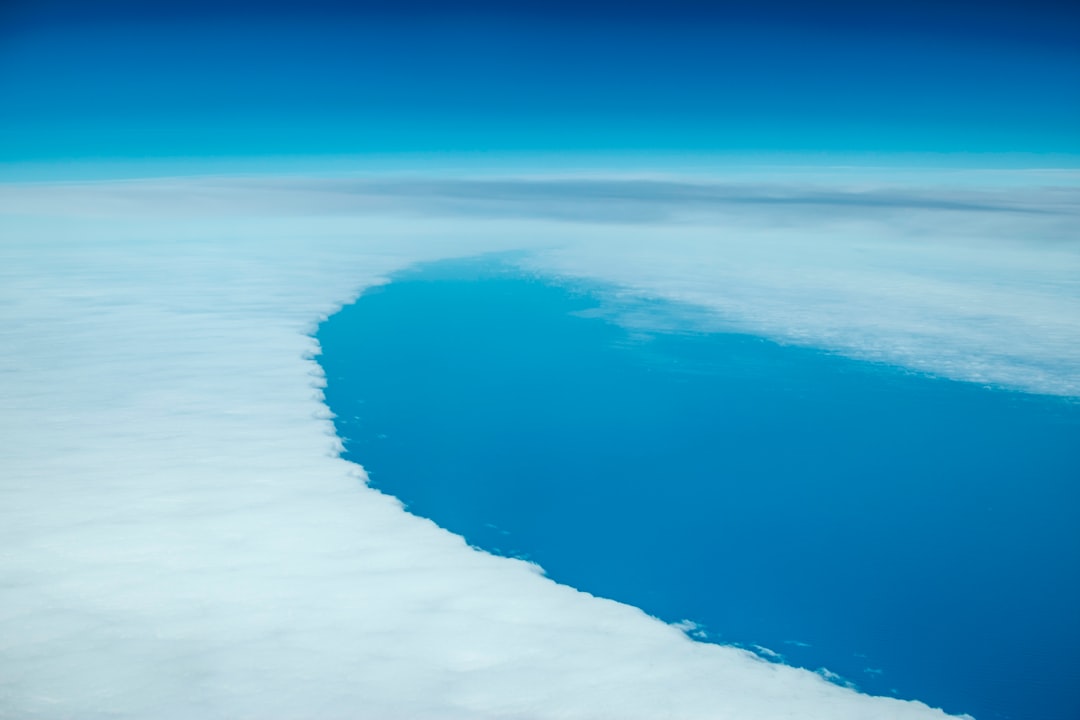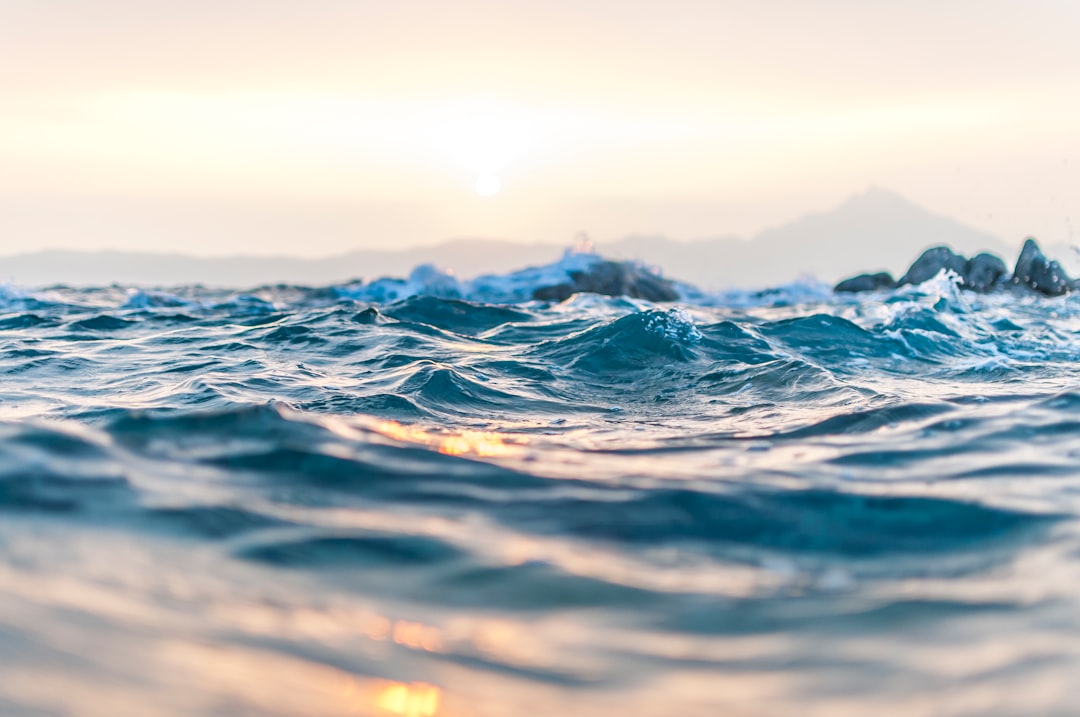What is it about?
Fish propel themselves by oscillating their fins thereby generating thrust. They create a complex three-dimensional wake behind. How does that wake look like and what happens to the momentum field in the wake? After all the rate of change of momentum manifests as thrust. This paper answers those question by analyzing the wake velocity field captured behind a pitching panel modeling fish caudal fin using PIV.
Featured Image
Why is it important?
Since fish propulsion is far more efficient that man-made propeller type propulsion, this study can throw light on the characteristics of an efficient wake. This in turn can assist in the design of an efficient next generation marine propulsor.
Perspectives
Writing this article was a great experience as in the process I discovered how subtly and skillfully nature applies and evolves the fundamental laws of physics. And humans have a lot of catching up to do.
Dr Rajeev Kumar
Syracuse University
Read the Original
This page is a summary of: Momentum Distribution in the Wake of a Trapezoidal Pitching Panel, Marine Technology Society Journal, September 2016, Marine Technology Society,
DOI: 10.4031/mtsj.50.5.2.
You can read the full text:
Contributors
The following have contributed to this page










